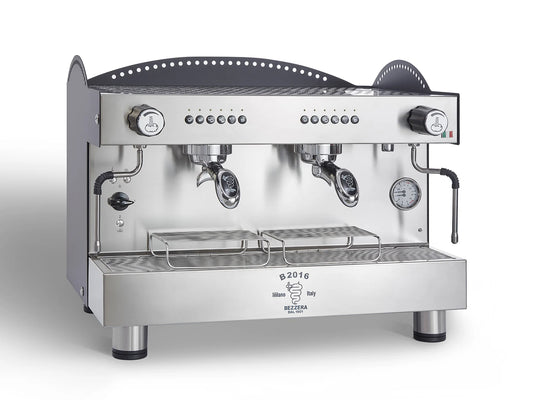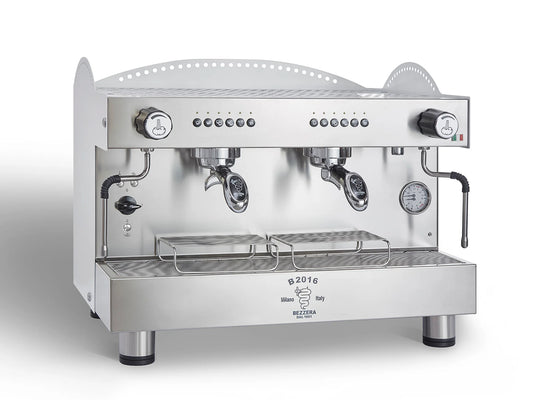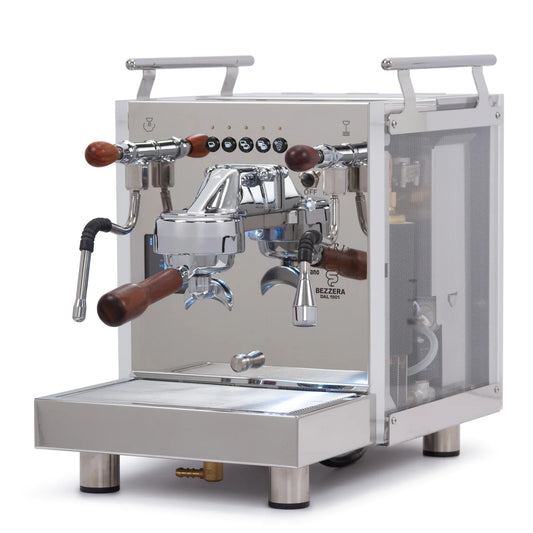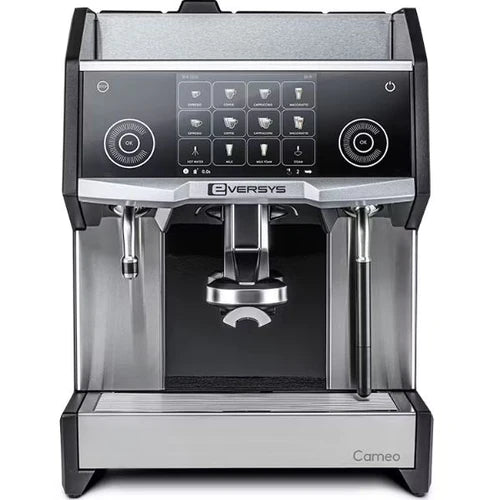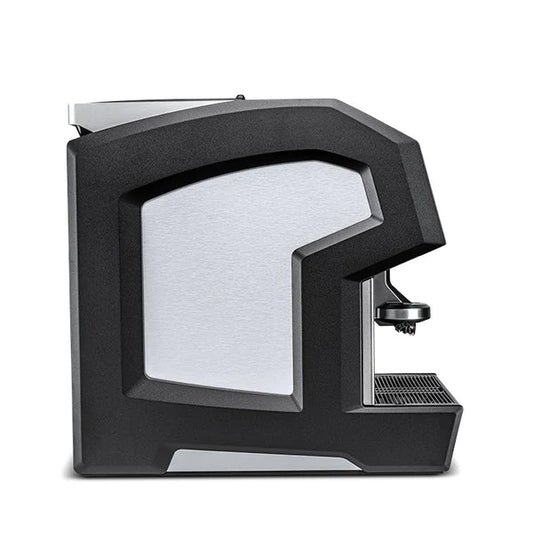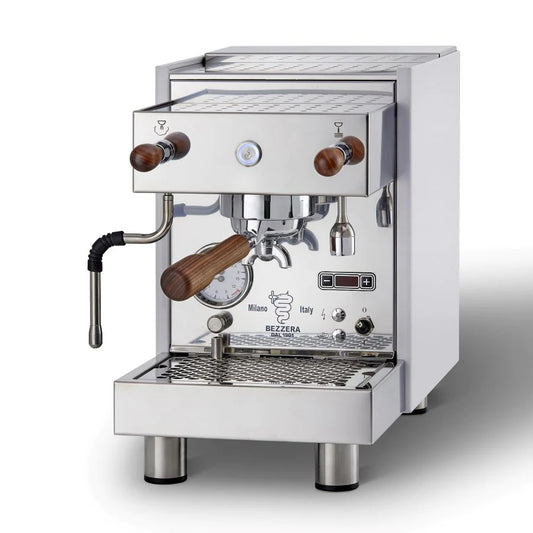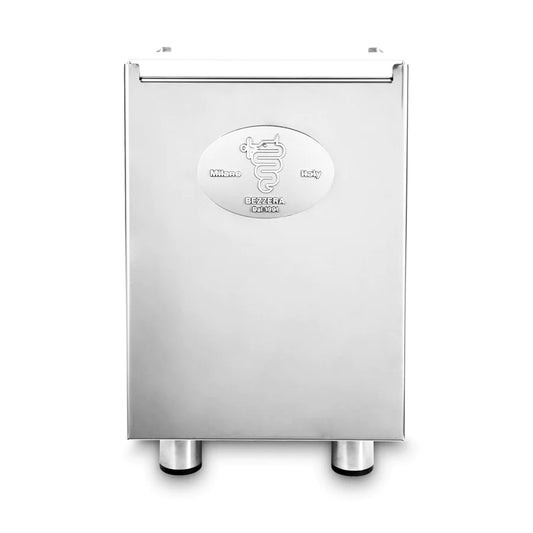Brewing Coffee Without Plastic: A Guide to Sustainable Coffee Making
Table of Contents
- Key Highlights:
- Introduction
- The Challenge of Plastic in Coffee Brewing
- Pour-Over Coffee: The Art of Manual Brewing
- Immersion Brewing: Rich and Full Bodied
- Stovetop Brewing: A Classic Approach
- Espresso: High Pressure, High Flavor
- Drip Machines: The Plastic Predicament
- Grinders: Essential for Flavor
- Kettles: The Overlooked Component
- FAQ
Key Highlights:
- Many conventional coffee brewing methods incorporate plastic components, impacting both health and the environment.
- Alternatives such as ceramic, glass, and metal brewing devices are available but may require more time and effort.
- Notable exceptions to plastic-free brewing methods include certain pour-over, immersion, and stovetop techniques that can yield high-quality coffee without compromising on taste or safety.
Introduction
As environmental concerns continue to permeate our daily lives, the quest for sustainability has become paramount, especially in everyday routines like coffee brewing. Coffee, a beloved staple for many, often involves the use of plastic in its preparation, which raises questions about health implications and ecological footprints. From drip machines to espresso makers, plastic components are prevalent, leading coffee enthusiasts and environmental advocates alike to seek alternatives. This article explores various methods of brewing coffee that minimize or eliminate plastic usage, delving into the materials, processes, and overall quality of each approach.
The Challenge of Plastic in Coffee Brewing
The convenience of modern coffee machines often comes at the cost of plastic exposure. While brewing coffee without plastic is not impossible, achieving a balance between quality, convenience, and sustainability poses significant challenges. For instance, many popular drip coffee makers rely on plastic parts, which can degrade over time and potentially leach into the beverage. This issue has prompted coffee aficionados to consider more sustainable options.
Justin Dedini, the owner of Pastime Coffee, highlights the dilemma faced by many. His journey began with a plastic Hario V60 pour-over method, praised for its heat retention and flavor extraction. However, the eventual degradation of the plastic led him to search for healthier alternatives, ultimately experimenting with ceramic and metal drippers. His experience underscores the need for awareness regarding the materials used in coffee brewing equipment.
Pour-Over Coffee: The Art of Manual Brewing
Pour-over coffee has gained popularity for its ability to produce a flavorful cup while offering greater control over the brewing process. However, the debate around plastic persists. While the brewing cone can be made of glass or ceramic, many kettles, including those used for pouring, often contain plastic components.
The Fellow Stagg XF Pour-Over Coffee Maker Set is a prime example of a plastic-free alternative. This system combines a high-quality dripper, designed to maintain optimal brewing temperatures, with a beautifully crafted glass carafe. The result is not just a sustainable choice but also a visually appealing addition to any kitchen.
Brewing Techniques
To maximize flavor while avoiding plastic, it’s essential to focus on techniques. The process involves:
- Choosing the Right Grind: Opt for a medium to fine grind to enhance extraction.
- Water Temperature: Use water heated to around 200°F to ensure proper brewing without scalding the coffee.
- Timing: Allow the coffee to bloom for 30 seconds before continuing to pour, enhancing flavor extraction.
Immersion Brewing: Rich and Full Bodied
Immersion brewing methods such as French press and AeroPress are known for their rich flavor profiles. However, many models incorporate plastic in key areas. The Bodum French Press, while aesthetically pleasing, has plastic components that can compromise its sustainability.
For those seeking a more eco-friendly French press experience, consider the Espro Press, which uses stainless steel and glass, ensuring a robust brew without plastic contamination. This method allows the coffee grounds to steep in hot water, extracting oils and flavors effectively.
Benefits of Immersion Brewing
Immersion brewing provides several advantages:
- Fuller Flavor: The prolonged contact between water and coffee grounds results in a more robust flavor profile.
- Easy to Use: Simple operation makes it accessible for all coffee drinkers, from novices to connoisseurs.
Stovetop Brewing: A Classic Approach
The stovetop percolator has long been a staple in coffee brewing, especially for those who appreciate its straightforward method. Unlike many modern machines, stovetop devices typically feature minimal plastic components, making them a suitable choice for eco-conscious consumers.
The Bialetti Moka Pot exemplifies this approach. Crafted from aluminum or stainless steel, it delivers a concentrated coffee reminiscent of espresso without the need for electric machinery. Its design ensures that no plastic comes into contact with the coffee, making it a timeless and sustainable choice.
Brewing with Stovetop Percolators
To brew with a stovetop percolator:
- Fill the Bottom Chamber: Use fresh, cold water, filling to the safety valve.
- Add Coffee Grounds: Place medium ground coffee in the filter basket.
- Heat: Place on the stovetop and bring to a boil. Watch for bubbling, which indicates coffee is being brewed.
- Serve: Once brewed, pour and enjoy.
Espresso: High Pressure, High Flavor
Espresso machines are often viewed as complex and expensive, and many models contain plastic parts. However, some high-end machines are designed with metal components in critical areas, minimizing plastic exposure.
The Rancilio Silvia is a well-regarded manual espresso machine that prioritizes metal construction, providing an authentic espresso experience. While still requiring an investment, its durability and quality make it a worthwhile choice for serious coffee enthusiasts.
Espresso Brewing Tips
To extract the perfect espresso shot:
- Use Fresh Beans: Grind just before brewing to preserve freshness.
- Tamp with Pressure: Apply firm pressure when tamping to ensure an even extraction.
- Monitor Brew Time: Aim for a shot time of around 25-30 seconds for optimal flavor.
Drip Machines: The Plastic Predicament
While drip coffee makers are convenient for everyday use, they often embody the plastic dilemma. Despite the availability of higher-end machines with fewer plastic parts, many still contain components that can compromise the brewing process.
The Technivorm Moccamaster stands out as a high-quality machine that offers a glass carafe and minimal plastic exposure. However, it’s essential to inspect any drip coffee maker for hidden plastic components, especially in areas that come into contact with hot water.
Choosing the Right Drip Coffee Maker
When selecting a drip machine, consider:
- Materials: Look for options with glass and metal components.
- Reviews: Research user experiences to identify potential issues with plastic parts.
- Warranty: A longer warranty can indicate a manufacturer’s confidence in their product.
Grinders: Essential for Flavor
A quality grinder is crucial for achieving the best flavor in coffee, yet many grinders also incorporate plastic components. Burr grinders are preferable as they provide a consistent grind size, essential for flavor extraction.
The Baratza Encore is an excellent choice, noted for its durable construction and consistent performance. With a focus on quality materials, it minimizes plastic use while delivering exceptional results.
Grinding Tips
To enhance your coffee's flavor:
- Grind Size: Adjust the grind size according to your brewing method. Finer for espresso, coarser for French press.
- Consistency: Aim for uniform grind particles to ensure even extraction.
Kettles: The Overlooked Component
Many coffee brewing methods require a kettle, yet the materials used can often include plastic parts. A high-quality kettle made from stainless steel or glass can significantly improve the sustainability of your brewing process.
The Fellow Stagg EKG is an example of a kettle designed for coffee enthusiasts, featuring a precision pour spout and temperature control without plastic contact. Its design allows for optimal water flow and temperature regulation, essential for brewing high-quality coffee.
Kettle Features to Consider
When choosing a kettle, look for:
- Material: Opt for stainless steel or glass to avoid plastic exposure.
- Temperature Control: Precision heating allows for better flavor extraction.
- Pouring Design: A gooseneck spout facilitates controlled pouring, crucial for pour-over methods.
FAQ
What are the health concerns associated with plastic in coffee brewing?
Exposure to certain plastics can lead to chemical leaching, especially when heated. This can pose health risks, making the use of plastic-free coffee equipment a safer choice.
Are there affordable plastic-free coffee brewing options?
Yes, there are several budget-friendly options, such as stovetop percolators and French presses made from stainless steel or glass that offer great quality without the plastic.
How can I ensure my coffee equipment is truly plastic-free?
Always check product specifications or reviews for information about materials used in coffee equipment. Look for certifications or endorsements focusing on sustainability.
What brewing method is best for maximizing flavor while avoiding plastic?
Pour-over and immersion methods tend to maximize flavor while allowing for plastic-free options. Investing in quality equipment made from glass, ceramic, or metal is key.
Can I still enjoy convenience with plastic-free coffee brewing?
Yes, while some methods require more involvement, there are convenient options available, such as high-quality drip machines and espresso makers that minimize plastic use.
By making informed choices about coffee brewing equipment, enthusiasts can enjoy their daily cup while minimizing environmental impact and health risks. Embracing plastic-free alternatives not only enhances the coffee experience but also contributes to a more sustainable future.

